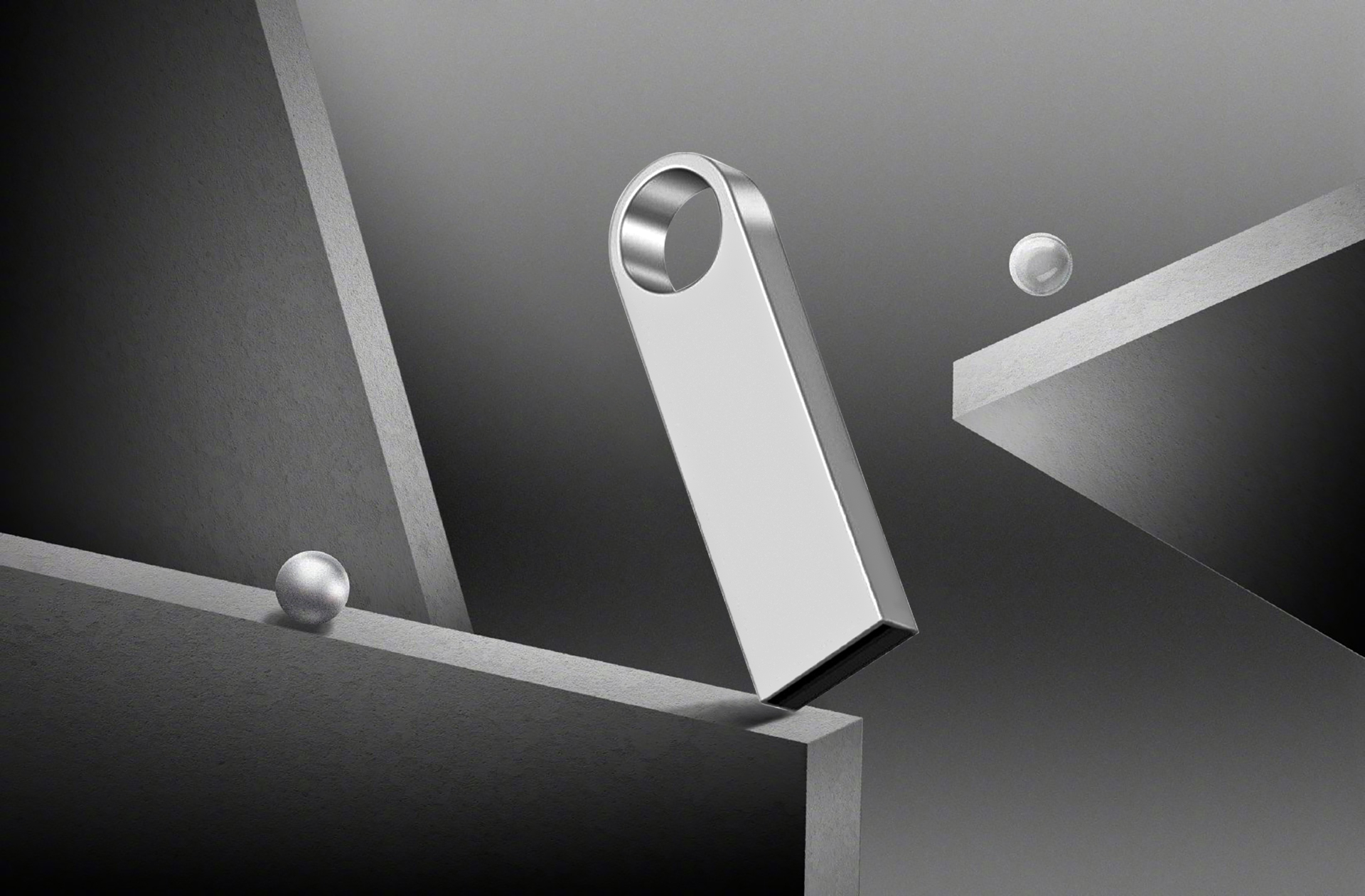What is the main difference between a USB flash drive 2.0 and 3.0?
1. Transfer rate: The transfer rate of U disk 3.0 is much higher than that of U disk 2.0. The theoretical transmission speed of USB 2.0 is 480Mbps, while the theoretical speed of USB 3.0 is as high as 5Gbps. This is only the theoretical speed of the USB flash drive interface. Overall, the transfer rate of USB flash drive 3.0 is much higher than that of USB flash drive 2.0. In addition, the interface of U Disk 3.0 is USB 3.0 interface, which has faster data transmission speed and higher bandwidth, which can transmit data faster and improve work efficiency. The interface of U disk 2.0 is USB 2.0 interface, and the transmission speed is slower.
2. Appearance design: U disk 3.0 is usually blue, while U disk 2.0 is usually black. In addition, the USB flash drive 3.0 interface part is marked with the "SS" style, while the USB flash drive 2.0 is only marked with the ordinary USB universal logo. The appearance of U disk 3.0 is more fashionable and more in line with modern people's aesthetic point of view.
3. Socket pins: U disk 2.0 adopts a 4-pin design, while U disk 3.0 adopts a 9-pin design. In comparison, USB flash drive 3.0 is more powerful and can support more devices and application scenarios.
4. Compatibility: U disk 3.0 is backward compatible and supports USB 2.0 devices. This means that using USB flash drive 3.0 can be compatible with more devices and application scenarios, while USB flash drive 2.0 can only support USB 2.0 devices.
5. Energy consumption: Compared with U disk 2.0, U disk 3.0 will be more energy-saving. This means that using USB flash drive 3.0 will be more energy-saving and environmentally friendly.

